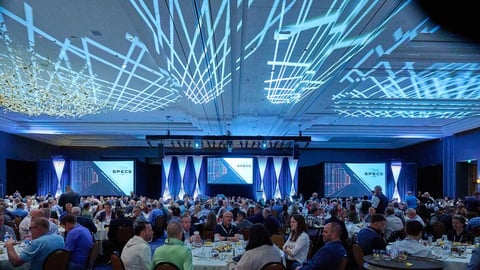Keeping Stores Busy – With Help From E-Commerce
Digital retailing will save, not destroy, brick-and-mortar stores.
We all know that reports of the demise of the physical store are premature. But that does not mean all is well in the world of brick-and-mortar retail. E-commerce is growing at a rapid clip while sales at traditional stores move forward at a more leisurely pace.
The natural response of many retailers is to assume the growth of e-commerce comes with a corresponding contraction in brick-and-mortar sales. This is not necessarily the case. Executed correctly, e-commerce (and m-commerce) can actually serve as an enhancer, not cannibalizer, of in-store traffic and revenues. Here are a few examples of how.
Hunt for treasure — across channels
Brick-and-mortar retailing offers shoppers an opportunity to comb the shelves and discover “treasure” lurking in hidden corners. Online search does not lend itself to this type of uncertain reward scenario, which offers a thrill similar to gambling.
However, by seamlessly blending the digital and physical customer experiences, retailers can enhance the treasure-hunting aspect of brick-and-mortar shopping. Customers could purchase items online and then receive emailed or texted clues to locate them hidden in-store, possibly with a bonus prize for finding them within a certain time period.
A virtual net for safety stock
Many of the products retailers sell may be seasonal, special offers, or otherwise only available for a short period. While these items may help drive store traffic and make for a more exciting shopping experience, they also can help create a negative customer impression.
A time-starved shopper who takes time from their busy schedule to visit a store for a particular limited-time item, only to discover it is sold out, will not feel the thrill of the hunt. But if that same shopper is able to check availability of and purchase items online for in-store pickup, or could place online orders for out-of-stock goods from the store, it would help ensure everyone can share in the excitement.
And this concept doesn’t only apply to limited-time merchandise. Retailers may also find that some of the regular items they offer in-store are perennial top-sellers with a tendency to sell out. By making it easy for shoppers to digitally purchase those items when they run out, physical retailers can minimize the negative impact of stockouts on the customer experience.
Stash the boring stuff
Customers who come to your store looking for a fun, engaging shopping experience probably aren’t stocking up on plastic dinnerware or tube socks.
All this “boring stuff” is perfect online inventory. By moving most or even all of your unexciting staples to your e-commerce site, you can free up valuable shelf space for eye-grabbing special items. Of course, a stockout on an unexciting item can still generate plenty of negative emotion. Retailers who decide to stash the boring stuff online need to invest in robust seamless purchase options, such as scanning an in-store QR code to instantly order items for same-day delivery.
Get social with promotions
Retailers as diverse as Amazon and Taco Bell have had success promoting sales from mobile trucks by tweeting hints to their precise locations. There is no reason brick-and-mortar retailers cannot use tweets (or any other social posts) to create similar buzz around in-store promotions.
Furthermore, social media is an ideal channel to get consumers directly involved in driving store traffic. A customer who posts a photo of themselves holding a purchase inside a store could get some type of reward for every shopper who comes in and mentions their user name or special hashtag when buying it. Nothing beats word of mouth, and social media spreads word of mouth at global scale.







